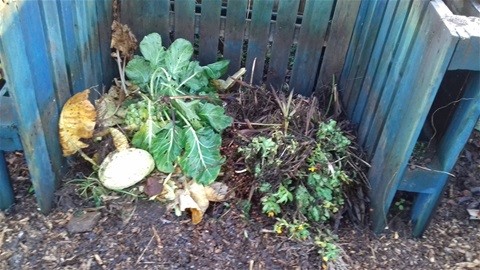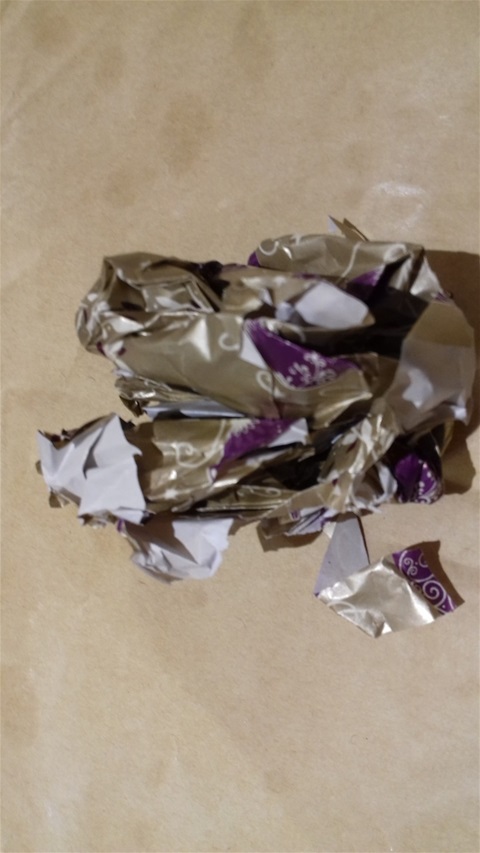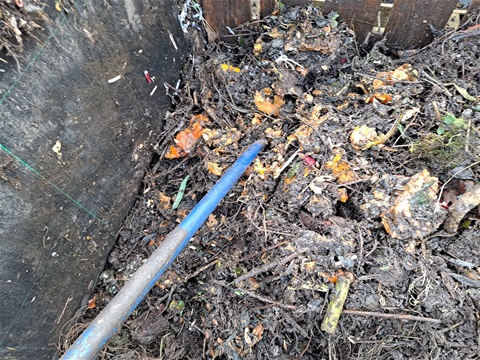Winter Composting– December to the end of February
As with every season of the year some sources argue that winter is a good time to start a compost bin. However, on this occasion it is suggested that the start of the season is the time to choose because the composting process should be complete when spring arrives. However, as the outside temperature falls the process of decomposition will slow and if below freezing for some time may stop.
If you want your compost heap or bin to stay active during the winter, it will be necessary to insulate the bin (See www.carryoncomposting.com/Winter Composting) It is generally recommended that the compost bin is not turned or aerated during the winter months. Concentrate on keeping it warm by the addition of insulations and, even if you are allowing the bin to hibinate over it so as to prevent the contents becoming waterlogged.
Continue adding material to the bin. Help to generate the heat necessary to keep the composting microbes active by adding coffee grounds (ask at your local coffee shop- many of the chains are only too happy to give coffee grounds to composters), cow and horse manure helps give the heap a boost and molasses or black treacle (mixed 1:20 with water) can also be added.
If autumn leaves where bagged for making leafmould some of them can now be diverted to the compost bin as an additional source of carbon rich Browns.
Wood ash from the wood burning stove could also be added during the winter to add a different texture to the mix.
The vegetable garden can provide tops and trimmings from celeriac, parsnips, Swedes and turnips will continue through December along with leeks, brassicas.
If winter pruning apple or pear trees shred and compost the pruned wood.
Feeding the bin should continue. In January, vegetable trimmings and peelings that may be available in include winter cabbage, cauliflowers, celeriac, kohl rabbi, leeks, parsnips and Swedes. If grown on an allotment these should be trimmed on site and the leaves added to the allotment compost bin or heap. Check the swedes, chop, and compost any that have grown too big and woody. The stems of brassicas should be chopped into small pieces using a spade or shredded otherwise as they will be very slow to decompose.
Some recommend adding a thin layer of the dried leaves bagged in the autumn as an additional carbon source and of course, wood ash from the wood burning stove can also be composted.
This is taken from the www,carryoncomposting.com page on the Composting year


